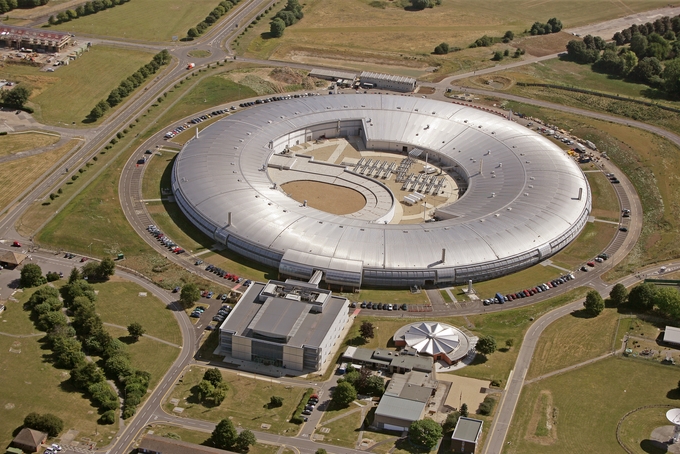
A next generation of “table-top” X-ray machines could soon be made available, thanks to research from Imperial College.
Scientific and medical advances depend on the development of better diagnostic and analytical tools. Sources of high quality X-rays are in huge demand for scientific research, yet few dedicated synchrotron facilities exist worldwide due to their huge size and cost. The study, published in the journal Nature Physics, outlined a future where these high energy X-ray systems could be housed in a chamber only 1 meter on each side. The, for comparison, is half a kilometre in circumference.
“This is a very exciting development”, said Dr Stefan Kneip, from Imperial’s Department of Physics and lead author of the study. “We have taken the first steps to making it much easier and cheaper to produce very high energy, high quality X-rays.”
The new technology uses a process similar to what happens in other synchrotron sources, but on a microscopic scale. A high power laser is fired into a stream of helium gas, creating a jet of ionised plasma. A bubble of positively charged helium ions forms, causing some of the electrons in the plasma to form an energetic beam that ‘wiggles’. As the electron beam wiggles it produces a high quality source of X-rays. While previous laser driven X-ray sources existed, this new technology will result in X-rays 1000x brighter.
Dr Zulfikar Najmudin, the leader of the experimental team for this research, said: “We think a system like ours could have many uses. For example, it could eventually increase dramatically the resolution of medical imaging systems using high energy X-rays, as well as enable microscopic cracks in aircraft engines to be observed more easily.”
Due to the high cost and complexity of high power lasers today, this new technology won’t be on our laboratory benches any time soon. Dr Nahmudin remains hopeful that his research will lead to cheaper sources of high quality X-rays soon, adding: “Laser technology is advancing rapidly, so we are optimistic that in a few years there will be reliable and easy to use X-ray sources available that exploit our findings”.
